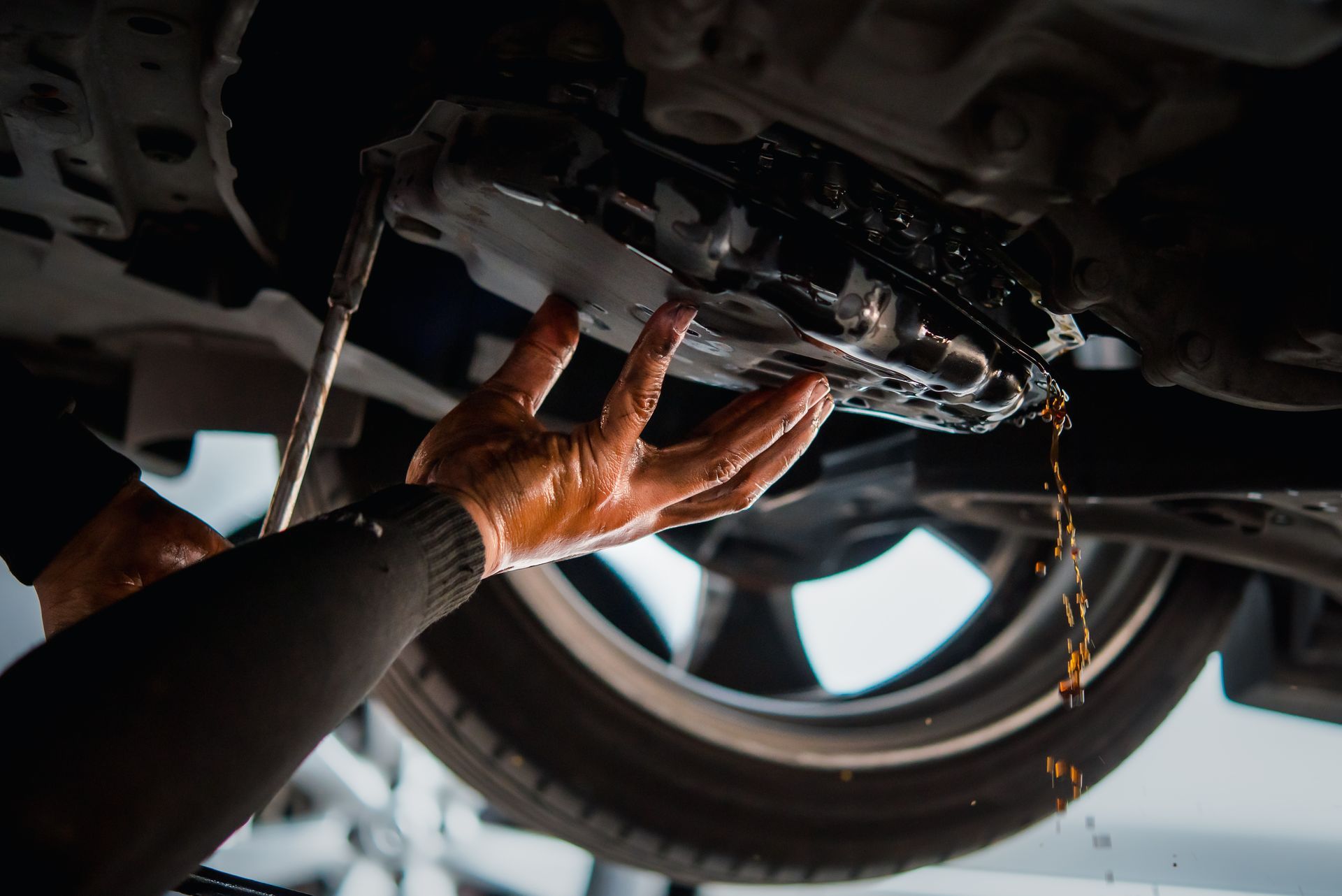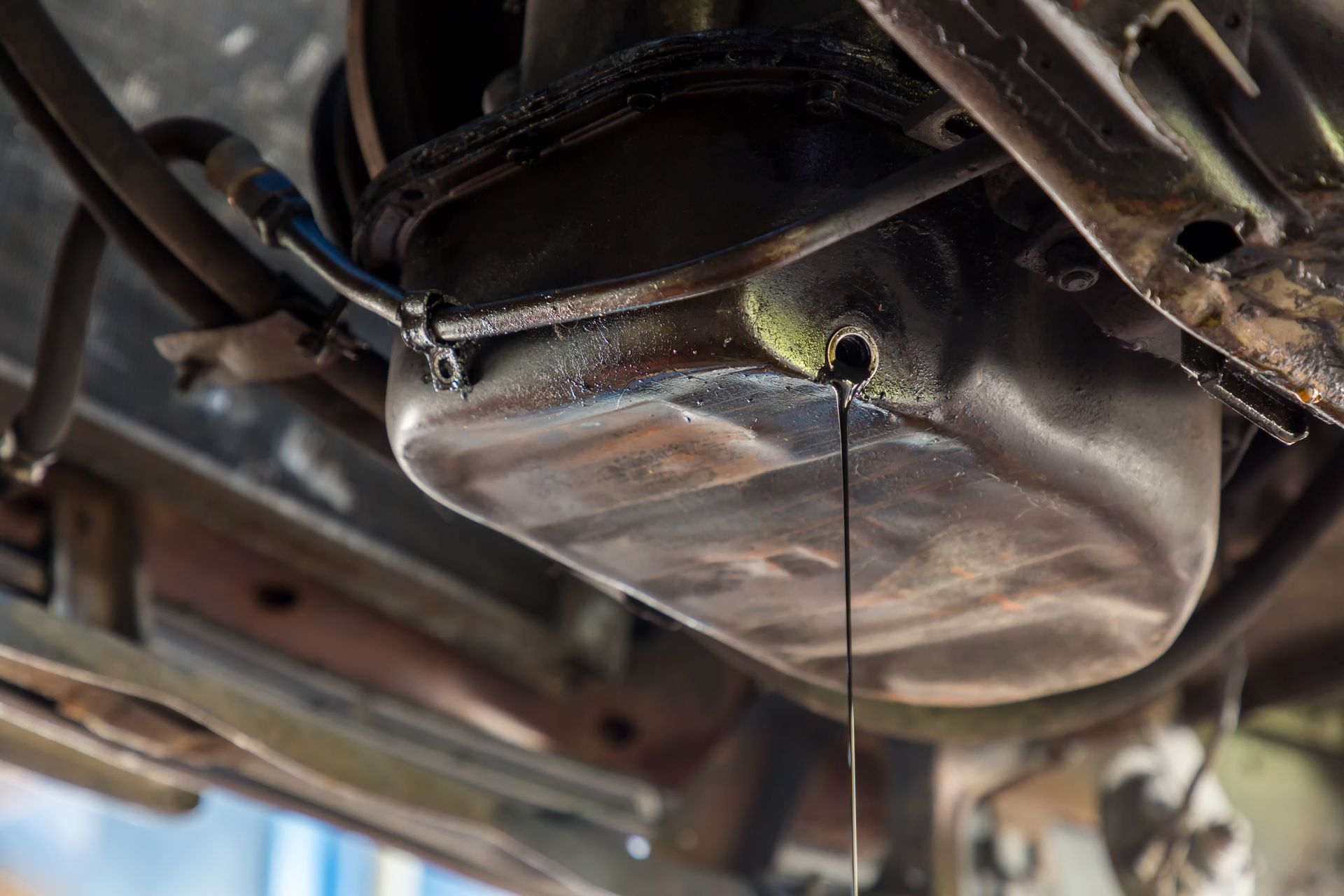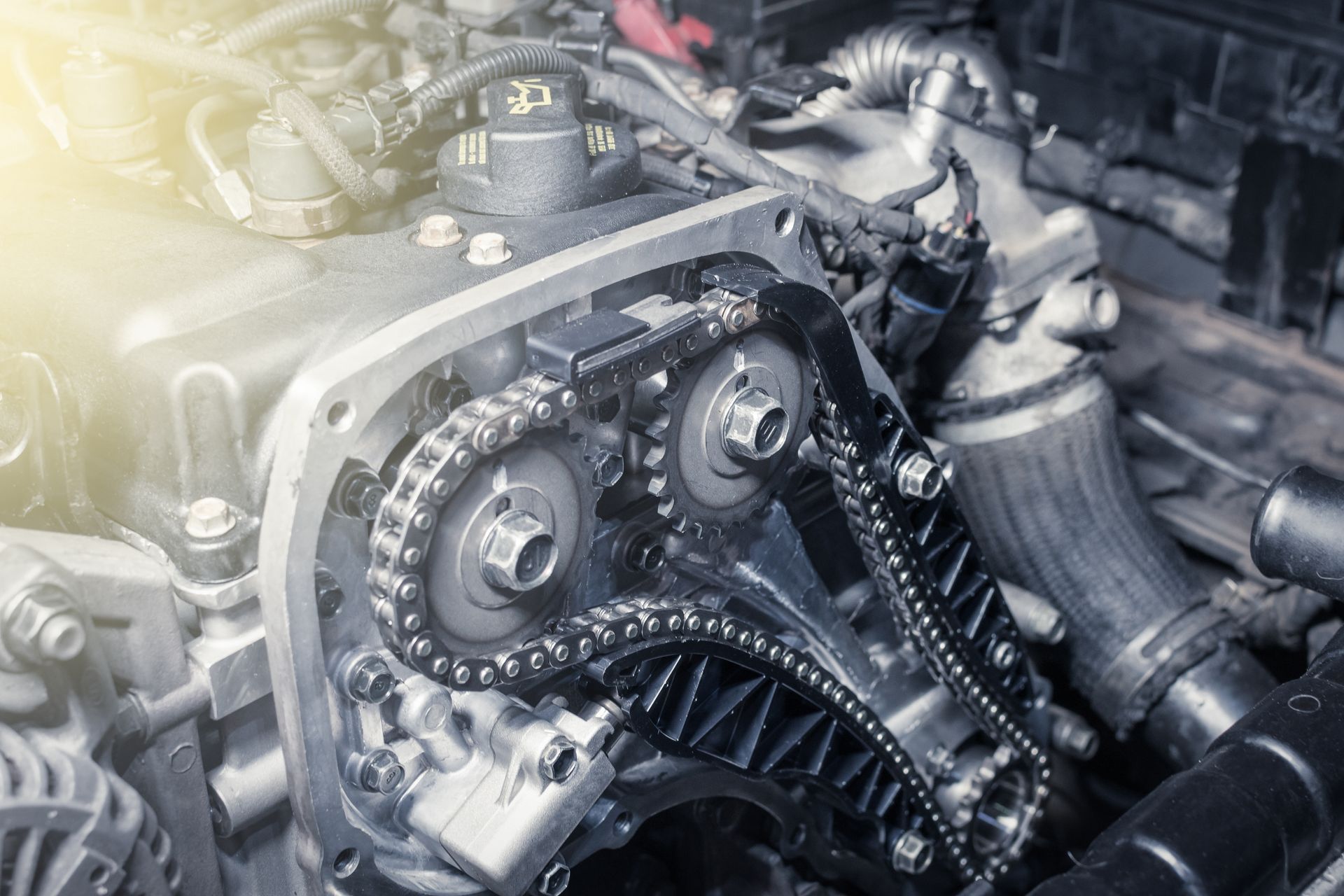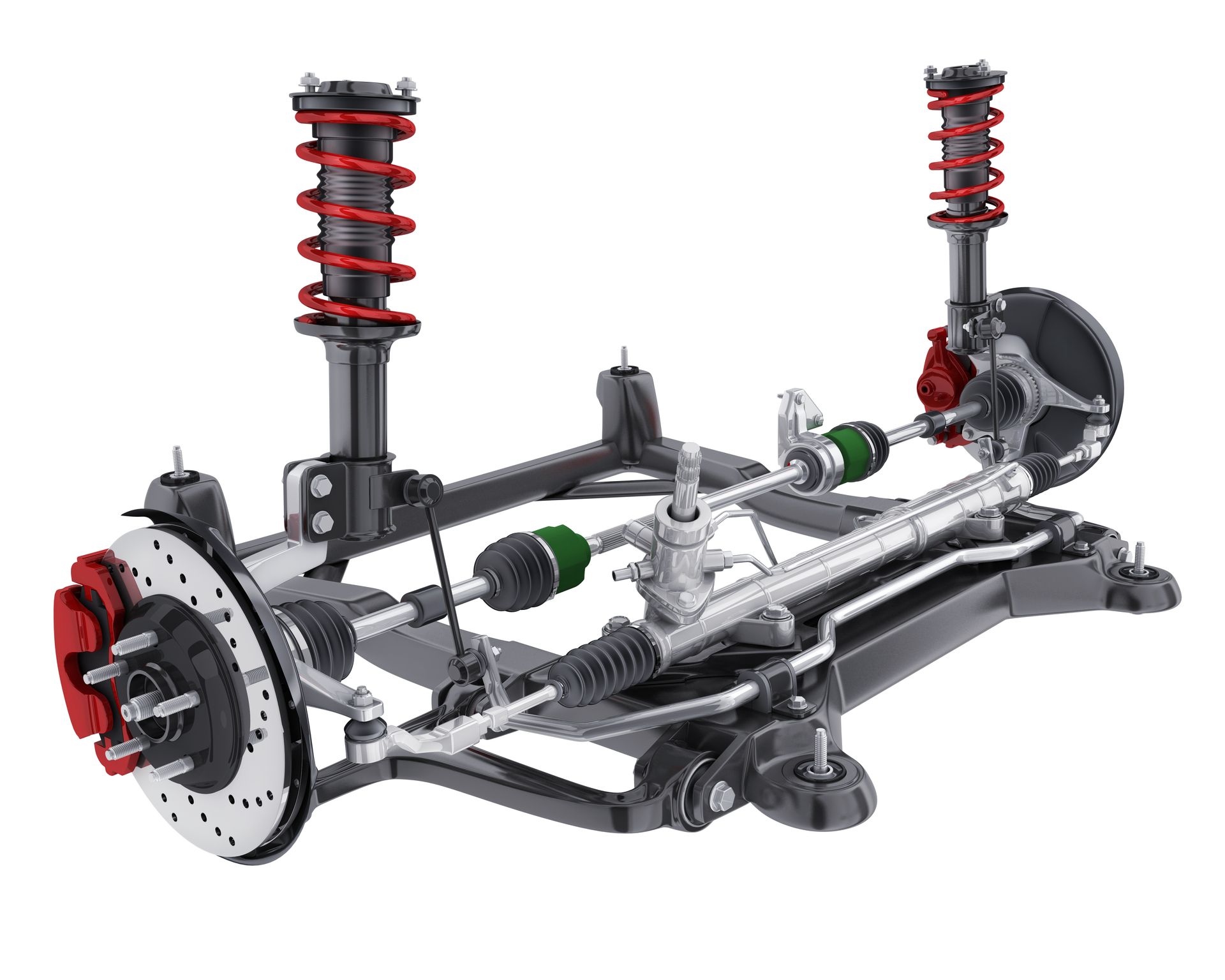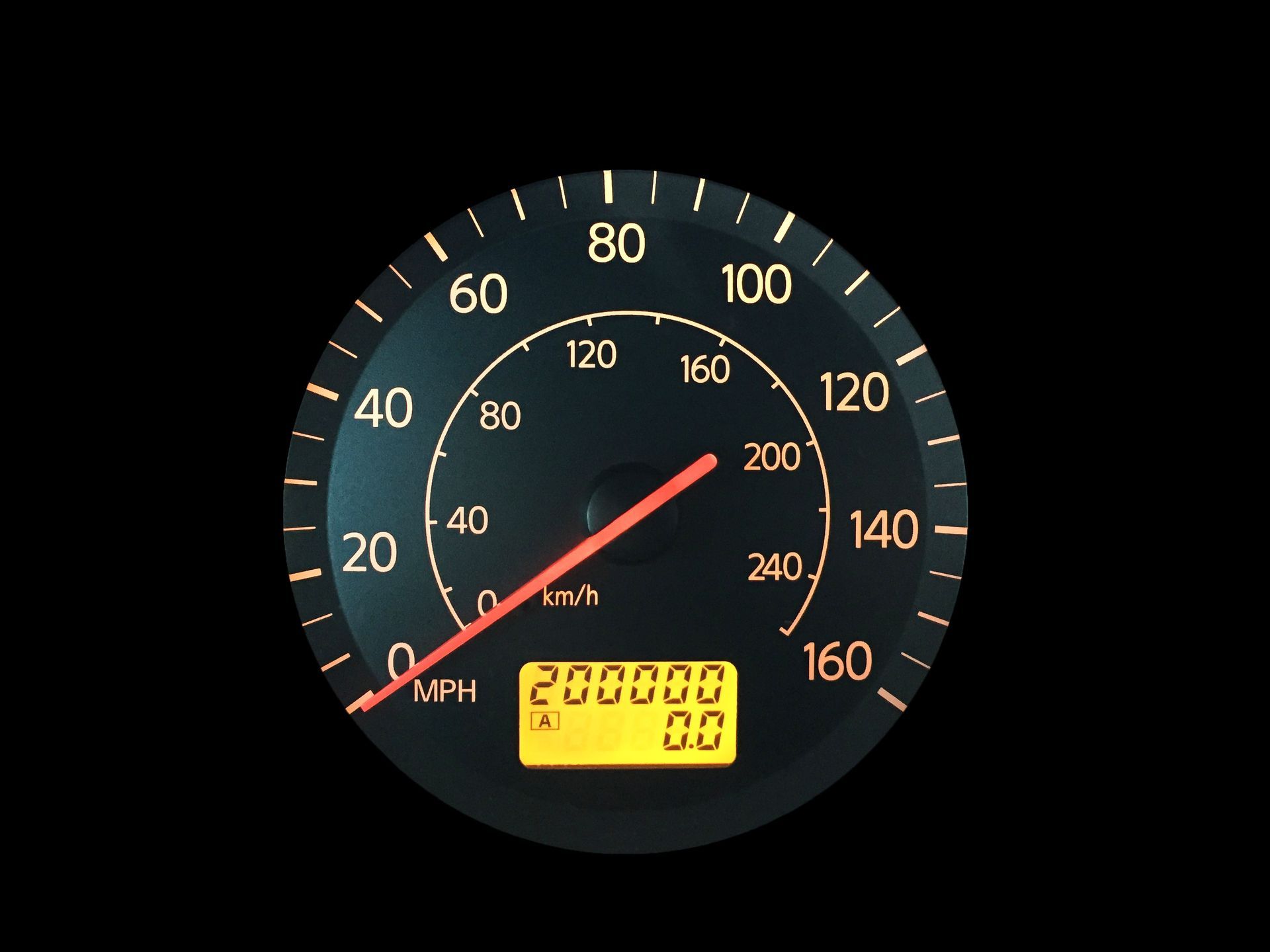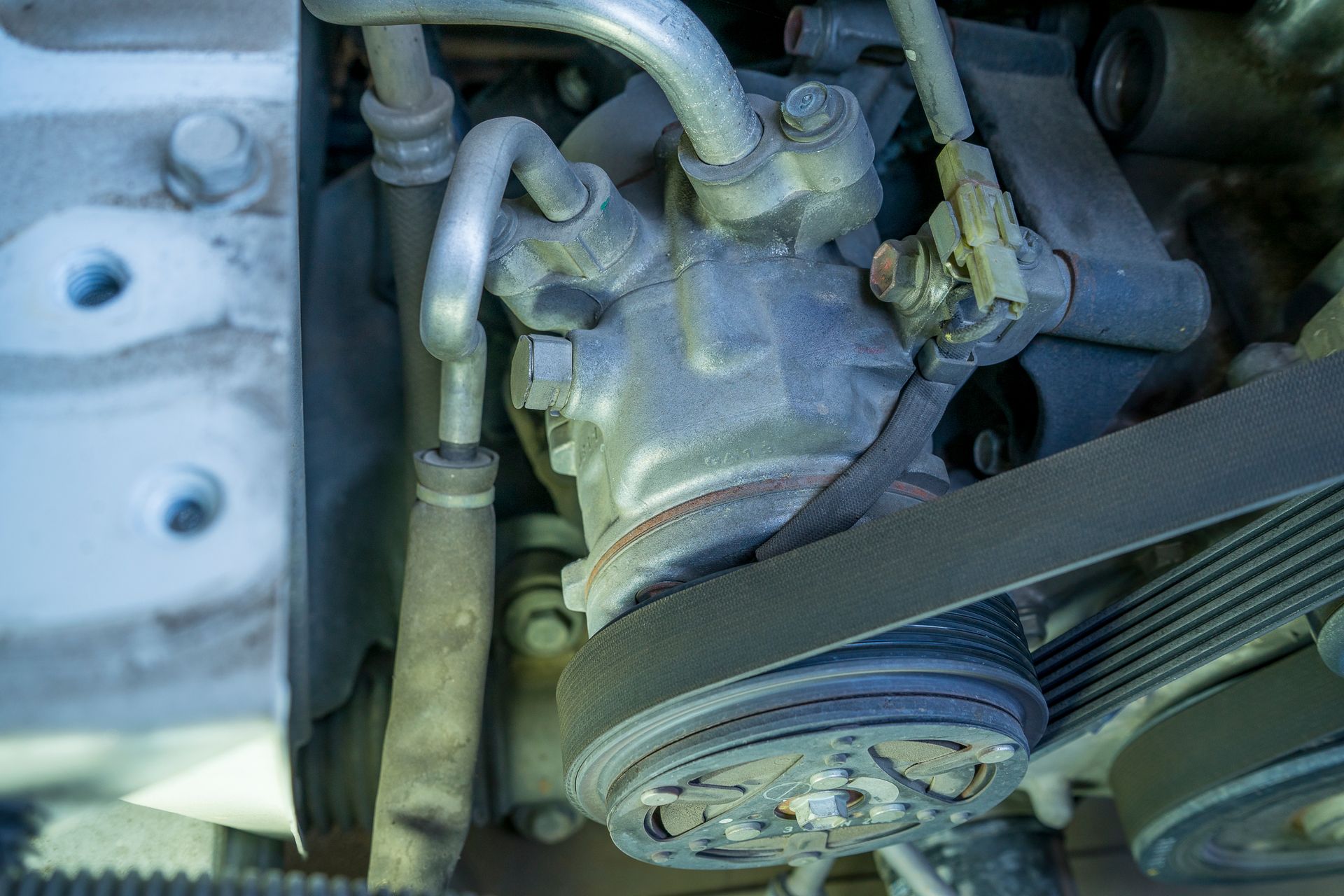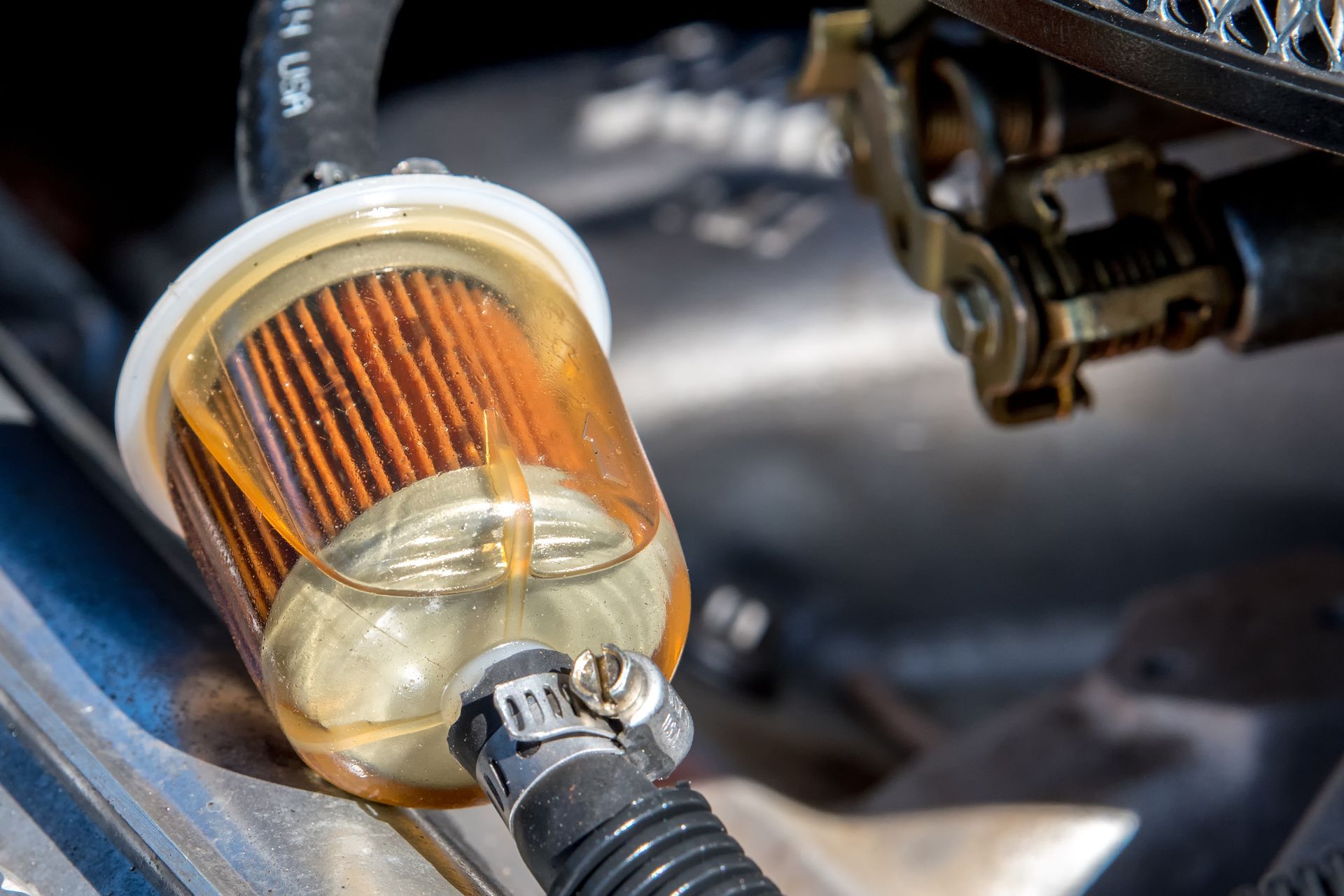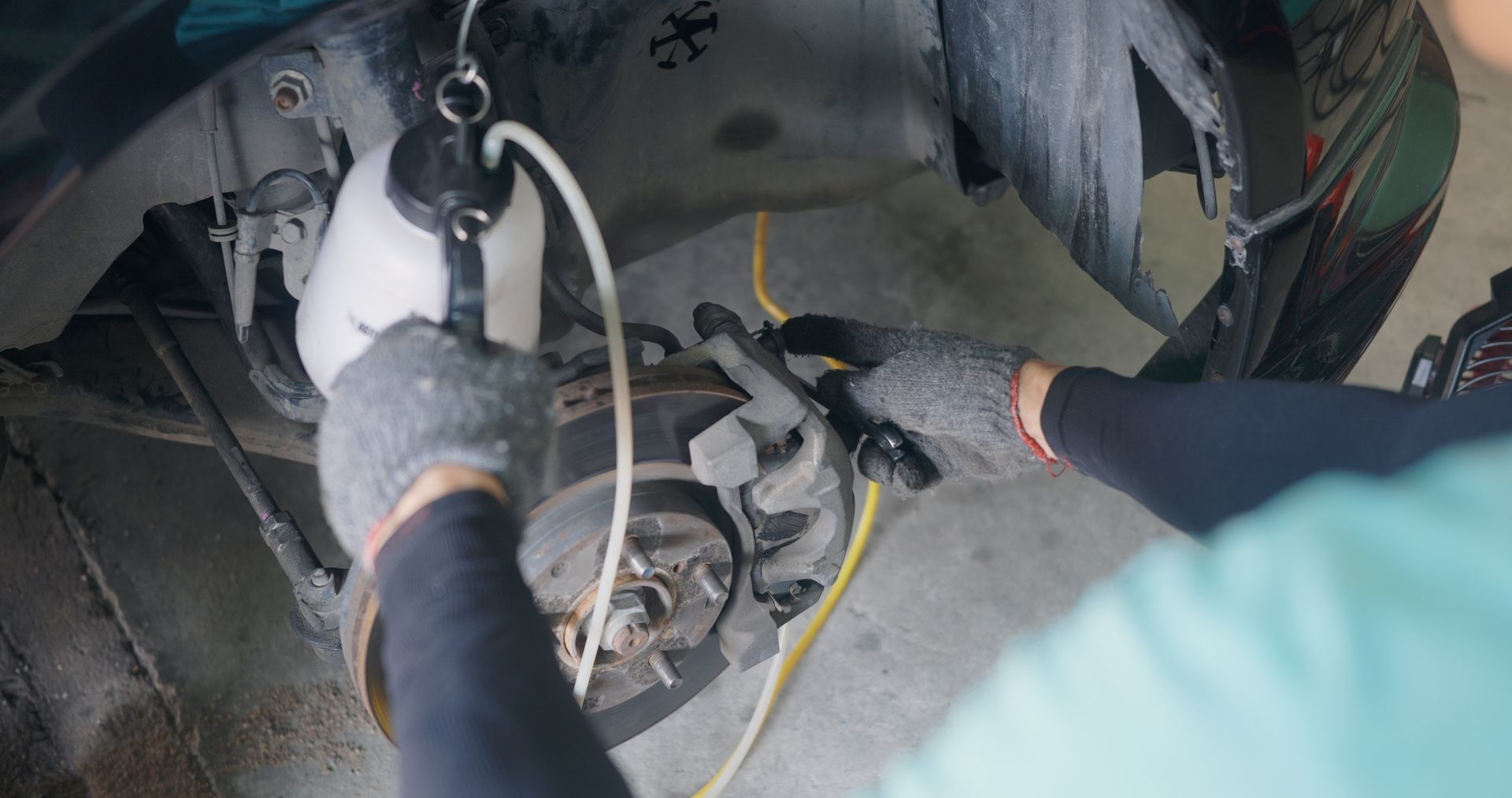Have you ever wondered what the drivetrain does and what parts make it function? In simple terms, the drivetrain transfers power from your engine to your wheels, enabling your vehicle to move. While most drivers are familiar with engines and transmissions, the entire drivetrain includes several key components that must work together to ensure a smooth, reliable ride. Understanding these parts can help you keep your car running and allow you to recognize signs of trouble early on.
1. The Heart of the Drivetrain
Though technically not part of the drivetrain, the engine is where it all starts. It’s the power source that generates the energy needed to drive your car. The engine converts fuel into mechanical energy through combustion, which is then transferred to the other components of the drivetrain. Think of the engine as the starting point of the entire power transfer process.
The healthier and more efficient your engine, the easier it is for the rest of the drivetrain to do its job. Keeping up with regular maintenance, such as oil changes and tune-ups, is crucial to ensuring that your engine can generate the power your vehicle needs.
2. Power Distribution Central
Next in line is the transmission, which is arguably the most well-known part of the drivetrain. The transmission’s role is to control how much power from the engine gets sent to the wheels, adjusting to changes in speed and load. This allows your car to accelerate, decelerate, and manage varying driving conditions without overstressing the engine.
There are two primary types of transmissions: automatic and manual. In a manual transmission, the driver is responsible for shifting gears, while an automatic transmission adjusts the gears based on your speed and throttle input. Regardless of the type, the transmission is crucial for regulating power flow, and any issues with this component can lead to major driving problems.
3. Connecting the Power
Once the transmission has adjusted the power levels, it sends that power down to the wheels via the driveshaft. This long, tubular component connects the transmission to the differential, making sure the power is effectively transferred to the wheels.
The driveshaft is constantly rotating as the car moves, so it’s subject to wear and tear. If you start hearing clunking noises or feel vibrations coming from underneath your car, it could be a sign of a problem with the driveshaft. Regular inspections are key to catching any issues before they lead to more serious damage.
4. Managing Torque to the Wheels
The differential is another critical part of the drivetrain, responsible for splitting the engine torque two ways and allowing each wheel to spin at different speeds. This is particularly important when turning, as the wheels on the inside of the turn need to spin slower than those on the outside. Without the differential, making smooth, controlled turns would be extremely difficult.
Different vehicles have different types of differentials, such as open, limited-slip, or locking differentials. Each serves its own purpose, but the overall job is the same—managing torque between the wheels for optimal traction and control.
5. Bringing It All Together
Finally, we come to the axles. These are the components that physically connect the wheels to the drivetrain. The axles bear the entire weight of the vehicle, including the passengers and cargo, and transfer the power from the differential to the wheels.
Most vehicles have two axles, one for the front and one for the rear, but the configuration can vary depending on whether the vehicle is front-wheel drive, rear-wheel drive, or all-wheel drive. Over time, axles can wear down due to the stress of constant movement, especially if your vehicle is carrying heavy loads regularly. Maintaining your axles is essential to keeping your vehicle running smoothly.
Is your drivetrain making strange noises or not performing as it should? Bring your car to
Forthright Auto Repair, where our expert technicians can diagnose and repair any drivetrain issues. Don’t wait for small problems to turn into costly repairs—schedule your appointment today!

